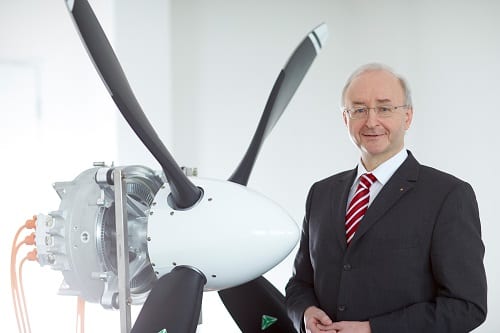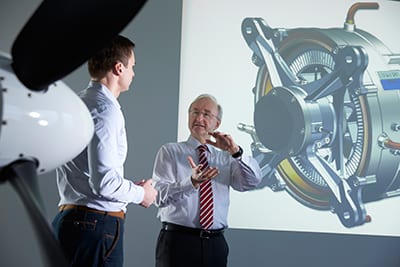Siemens researchers have developed a new type of electric motor that, with a weight of just 50 kg, delivers a continuous output of about 260 kW – five times more than comparable drive systems. The motor has been specially designed for use in aircraft. Thanks to its record-setting power-to-weight ratio, larger aircraft with takeoff weights of up to two tons will now be able to use electric drives for the first time.

“This innovation will make it possible to build series hybrid-electric aircraft with four or more seats,” said Frank Anton, Head of eAircraft at Siemens Corporate Technology.
To implement their motor, Siemens’ engineers scrutinized all the components of previous motors and optimized them up to their technical limits. New simulation techniques and lightweight construction enabled the drive system to achieve a unique weight-to-performance ratio of 5 kW/kg. The electric motors of comparable strength that are used in industrial applications deliver less than 1 kW/kg. The performance of the drive systems used in electric vehicles is about 2 kW/kg.
Since the new motor delivers its performance at rotational speeds of just 2,500 rpm, it can drive propellers directly, without the use of transmission. “This innovation will make it possible to build series hybrid-electric aircraft with four or more seats,” said Frank Anton, Head of eAircraft at Siemens Corporate Technology, the company’s central research unit.
The motor is scheduled to begin flight-testing before the end of 2015. In the next step, the researchers will boost output further, as the company told. “We’re convinced that the use of hybrid-electric drives in regional airliners with 50 to 100 passengers is a real medium-term possibility,” said Anton.
















